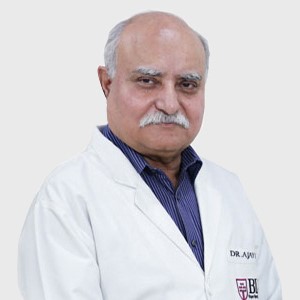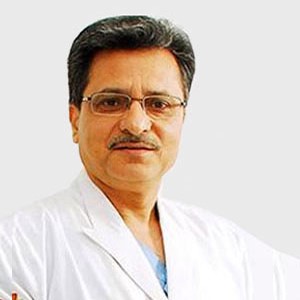Is Coronary Artery Bypass Graft Surgery an open-heart surgery?
- Yes. A bypass surgery is basically an open-heart surgery, which means the surgeon cuts the chest open to reach the heart.
What are the tests done before CABG?
- You may need some routine tests before the procedure to assess your health. These may include: Chest X-ray Electrocardiogram (ECG) Blood test Coronary Angiography Pulmonary function test
Types of CABG.
- Traditional CABG (or) On-pump CABG – This is performed through a 6 to 8-inch incision and a heart-lung machine is used to take over the work of the heart and lungs during the surgery. This is well proved and widely practiced. Minimally invasive bypass techniques – Off-pump CABG surgery: Some bypass surgeries are performed without the use of a heart-lung machine. The surgeon attaches devices to stabilize a part of heart that is going to be worked on. Medications are given to slow down the heart rate. Small Incision CABG: For this, the heart is accessed through a 3-inch incision between the ribs. This one dramatically reduces the recovery time but not all patients are good candidates for a small incision CABG.
How is minimally invasive CABG different from the Traditional CABG?
- The traditional type involves the use of a heart lung machine to temporarily perform the function of your heart and lungs during the surgery, allowing your heart to be stopped while the surgeon sews the heart into place. This results in a long recovery time due to a longer incision and for the chest bone to be healed. However, the surgeon performs minimally invasive bypass surgery using specially designed instruments inserted through a small incision in the chest. This does not require a heart lung machine. The procedure was developed to minimize some of the side effects of a traditional CABG like stroke, bleeding and temporary cognitive problems.
What is the success rate of CABG?
- CABG is one of the most common surgical procedures in India with an overall success rate of about 98%
How long will the incision take to heal and how fast shall be the recovery?
- It takes 4 to 6 weeks for the incision to completely heal. But it may take several months for the chest bone and your entire body to completely recover.
What are the long-term results after CABG?
- There is a high freedom from myocardial infarction and death rate due to cardiac arrest is very low. Careful management and treatment of hypertension, diabetes & arrythmias is necessary to improve long-term survival.
Indications and Contraindications on CABG.
- Indications: Coronary Heart Disease (CAD) Left main Coronary Artery Stenosis One or two vessel diseases Contraindications: Elderly people older than 80 years of age Asymptomatic patients who are at a lower risk of Myocardial Infarction (MI) or death Coronary Arteries incompatible with grafting Diseases of blood
Post and Pre surgery precaution of CABG.
- Precautions to be taken before the surgery: Get necessary tests done recommended by your surgeon You may need to stop taking certain medication a week before the surgery Avoid alcohol and smoking Use disinfecting solution to clean the skin to prevent infections Ask questions and educate yourself about the surgery Precautions to be taken after the surgery: Avoid lifting heavy weights Chest physiotherapy Restrict consumption of salt up to 3 to 5 grams per day Quit smoking and alcohol consumption Lie on your back during sleep Do not let anyone pull your arm Have regular follow up visits to your surgeon without fail
How long does the patient survive after CABG?
- After a bypass surgery the survival rate is expected to be anywhere between 10 to 20 years.
 India
India USA
USA UK
UK Thailand
Thailand Singapore
Singapore










